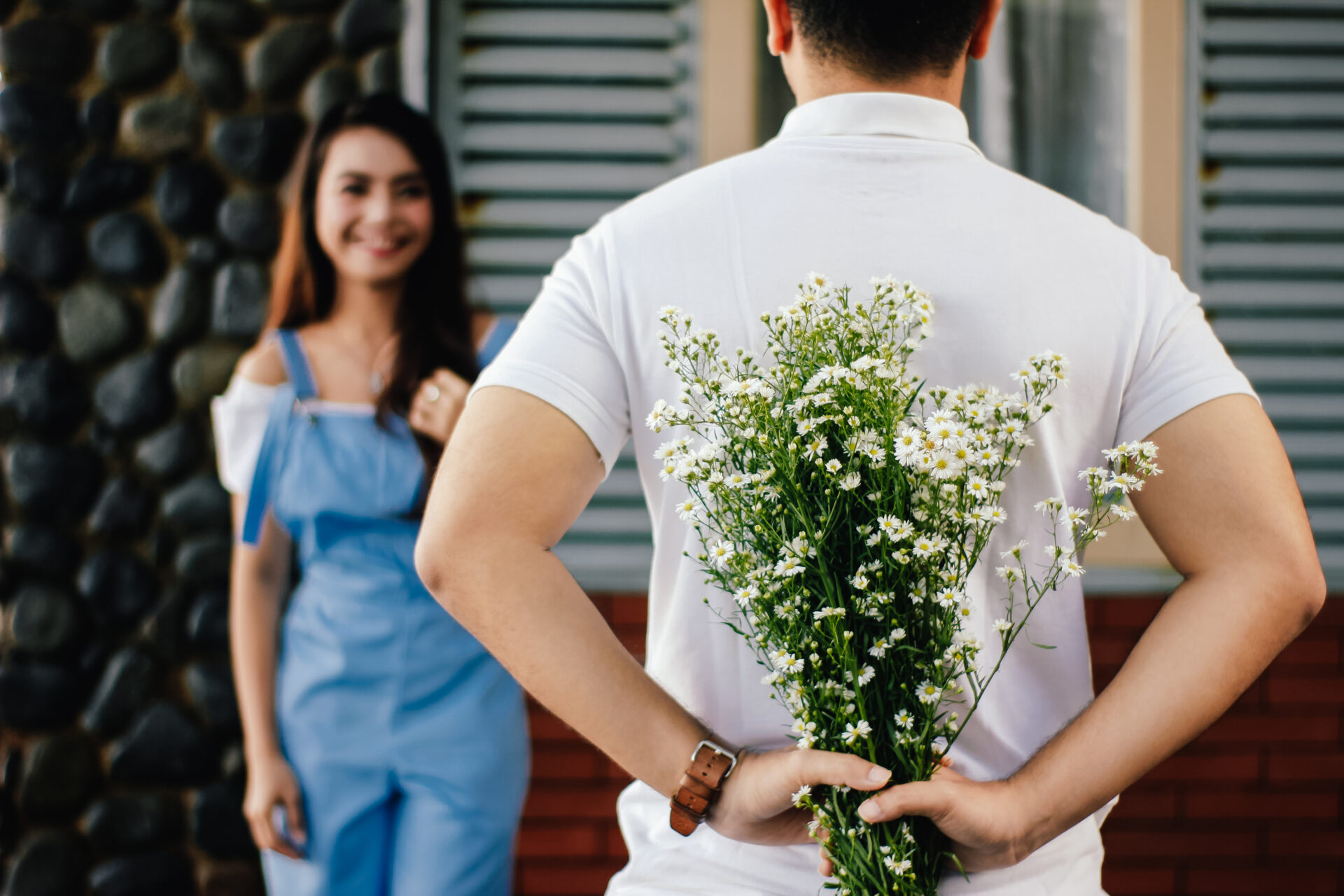Choosing the right ball hue is a crucial aspect when it comes to various sports and recreational activities. The color of a ball not only affects its visibility on the field but also plays a significant role in enhancing performance and overall game experience. Interestingly, color preferences vary among different sports, and understanding the psychology and science behind these preferences can help players make the right choice for optimal performance. In this article, we will delve into the world of color preferences in sports, exploring their impact and unique features. Additionally, we will discuss key takeaways that will guide athletes and enthusiasts in selecting the perfect ball hue for their game.
The impact of color preferences on sports cannot be underestimated. Studies have shown that certain colors can enhance performance, improve focus, and stimulate players’ visual perceptions. For example, in outdoor sports like football or soccer, choosing brightly colored balls, such as yellow or orange, can increase visibility against green backgrounds, enabling players to track the ball more effectively. Similarly, in indoor sports like basketball, using contrasting colored balls, such as vibrant shades against a dark background, can aid in quick decision-making and improve hand-eye coordination.
Now, let’s explore the key takeaways that will help players make informed decisions when it comes to choosing the right ball hue for their game. We will discuss the psychological impact of colors on performance, explore sport-specific color preferences, and provide practical tips on selecting the most appropriate ball hue. So, join us as we unravel the fascinating world of color preferences in sports and discover how the right choice of ball hue can elevate your game to new heights.
Key Takeaways
1. Color preferences can significantly impact ball visibility and performance in various sports, leading to the need for careful consideration when choosing the right ball hue.
2. Research shows that individuals have different color vision abilities, which may influence their perception of ball color and affect their performance in sports. Therefore, it is crucial to select a ball hue that maximizes visibility for the majority of players.
3. Contrasting colors between the ball and the playing environment enhance visibility, allowing players to track the ball’s movement more effectively. Opting for a color that stands out against the background can significantly improve gameplay and prevent potential accidents.
4. The lighting conditions in the sporting environment also play a crucial role in ball visibility. It is necessary to consider the type of lighting used and select a ball hue that remains easily distinguishable under those specific conditions.
5. In certain sports, such as tennis and golf, different ball colors are used to differentiate between regular play and certain conditions, like all-weather or high-visibility balls. Choosing the appropriate ball hue for different circumstances ensures fairness and ease of play for all participants.
What is the Best Ball Hue for Color Preferences: Choosing the Right Ball Hue?
Importance of Ball Hue in Sports
Ball hue plays a crucial role in sports as it affects visibility, performance, and overall game experience. Whether it’s soccer, basketball, tennis, or any other sport, the color of the ball can significantly impact gameplay. It is essential for players to select the right ball hue to optimize their performance and enhance their overall experience on the field or court.
Factors to Consider when Choosing the Right Ball Hue
1. Visibility
The visibility of the ball is of utmost importance for both players and spectators. Choosing a ball hue that stands out against the background is crucial to ensure easy tracking and visibility during gameplay. Factors such as lighting conditions, playing surface, and background colors should be taken into account when deciding on the ball hue.
2. Contrast
Contrast plays a vital role in determining the visibility of the ball. Opting for a ball hue that offers high contrast against the playing surface and background can help players easily spot the ball, leading to improved performance. Consider contrasting colors that are opposite or significantly different from the dominant colors on the playing field.
3. Psychology and Perception
The psychological impact of different colors can influence players’ perception and performance. Certain colors evoke specific emotions and can affect decision-making, concentration, and focus. Understanding the psychological implications of different hues can help players choose a ball color that aligns with their individual preferences and enhances their performance.
Recommended Ball Hues for Different Sports
1. Soccer
In soccer, it is common to use balls with bright colors such as yellow, orange, or neon hues. These vibrant colors ensure better visibility against the green grass and allow players to track the ball effortlessly. Additionally, colors like white or light gray can be used for matches played under floodlights or low-light conditions.
2. Basketball
Basketballs often come in hues of orange as it provides optimal visibility against the basketball court’s dark background. The vibrant orange color helps players, both dribblers and shooters, easily spot the ball during fast-paced movements.
3. Tennis
Traditionally, tennis balls are bright yellow in color. The bright hue ensures good visibility against both grass and clay courts. The contrast of the yellow ball against the background makes it easier for players to track the ball’s movement and react accordingly.
4. Golf
Golf balls are commonly white, providing a strong contrast against the green fairways and blue sky. White golf balls are easier to spot, especially from a distance, allowing players to keep track of their shots accurately.
5 Tips for Choosing the Right Ball Hue
1. Consider the playing environment: Evaluate the lighting conditions, playing surface, and background colors to choose a ball hue that stands out effectively.
2. Opt for high contrast: Select a ball hue that offers high contrast against the playing surface and background to ensure easy visibility.
3. Understand color psychology: Familiarize yourself with the psychological implications of different colors to align them with your individual preferences and optimize your performance.
4. Research sports-specific recommendations: Each sport may have specific recommendations for ball hues based on visibility and contrast requirements. Take into account the recommended colors for your chosen sport.
5. Test different hues: Experiment with different ball hues during practice sessions to determine the one that suits your visibility and performance needs the best.
Remember, the right ball hue can make a significant difference in your overall sports performance. Consider the visibility, contrast, and psychological aspects to make an informed decision and enhance your game.
FAQ
1. Can the color of a ball affect performance?
Yes, the color of a ball can have an impact on performance. Different colored balls can be more visible or less visible, depending on the playing conditions. It is important to choose a ball hue that enhances visibility and improves your overall performance.
2. Are there specific colors that are better for certain sports?
Yes, certain colors are more suitable for specific sports. For example, in golf, high-visibility colors like neon yellow or orange are preferred to help golfers easily track the ball. In tennis, brighter hues like optic yellow or lime green are commonly used for better visibility against different court backgrounds.
3. Does ball color affect visibility in different lighting conditions?
Yes, ball color can affect visibility in different lighting conditions. For instance, a brightly colored ball like yellow or white may be more visible under bright sunlight, while darker hues like navy blue or brown might be harder to spot. Considering the lighting conditions of the playing area is crucial in selecting the right ball hue.
4. Are there any psychological effects of ball color?
There can be psychological effects associated with ball color. For instance, the color red is often perceived as intense and may evoke a more aggressive response, while blue is commonly associated with calmness and tranquility. It’s essential to choose a ball hue that aligns with your desired mindset during the game.
5. Can the color of a ball affect its durability?
No, the color of a ball does not affect its durability. The durability of a ball primarily depends on the materials used, construction quality, and the care taken during use. The color is merely a visual aspect and does not impact the longevity or performance of the ball.
6. Are there any rules or regulations regarding ball color in different sports?
Yes, different sports have specific rules and regulations concerning ball color. Governing bodies like FIFA for soccer or the International Tennis Federation for tennis often specify approved colors for official competitions. It is important to consult the respective sport’s regulations to ensure compliance with color requirements.
7. How can I choose a ball hue that suits my personal preferences?
Choosing a ball hue based on personal preference is subjective. Consider factors such as visibility, personal associations with colors, and the playing environment. If you’re uncertain, it’s advisable to try different colored balls during practice sessions to determine which hue suits you best.
8. Are there any gender-specific color preferences for balls?
There are no gender-specific color preferences for balls. Color preference is an individual choice and is not determined by gender. Both male and female athletes can choose their ball hue based on their personal preferences and the factors relevant to their sport.
9. Do different ball colors have any impact on strategy or gameplay?
In certain sports, different ball colors can have a strategic advantage. For example, in soccer, players may use ball color to better blend in with their team’s uniforms or confuse opponents during fast-paced plays. However, the impact on gameplay is highly dependent on the specific sport and its rules.
10. Can changing the ball color help improve my game?
Changing the ball color may or may not directly improve your game. While the visual aspect can play a role in enhancing visibility and focus, improving skills and techniques through practice remains the key factor in enhancing your game performance.
Final Thoughts
Choosing the right ball hue is an important consideration for any athlete. Carefully selecting the color can enhance visibility, help maintain focus, and even have psychological effects during the game. It’s essential to understand the sport’s regulations, consider personal preferences, and evaluate the playing conditions in order to make an informed decision. Remember, while the color may influence certain aspects of the game, skill and practice ultimately play a greater role in achieving success on the field or court.
Exploring different ball hues can be an exciting journey, allowing athletes to find the perfect color that aligns with their personal style and preferences. Ultimately, the right ball hue should be chosen to optimize performance and enjoyment, making the game even more fulfilling. Keep in mind the factors discussed in this article and embrace the possibilities that choosing the perfect ball hue can offer to elevate your game to new heights.




